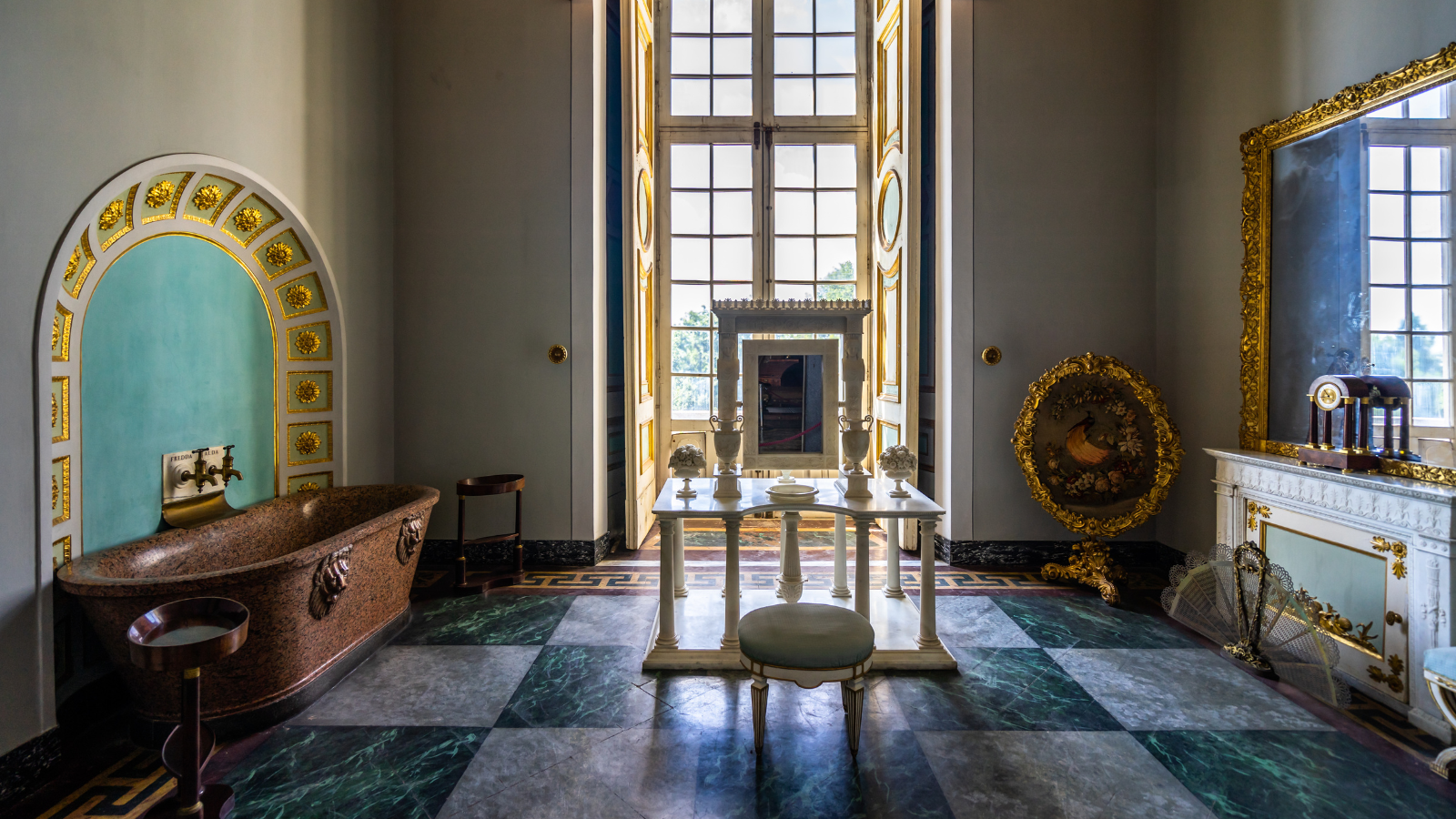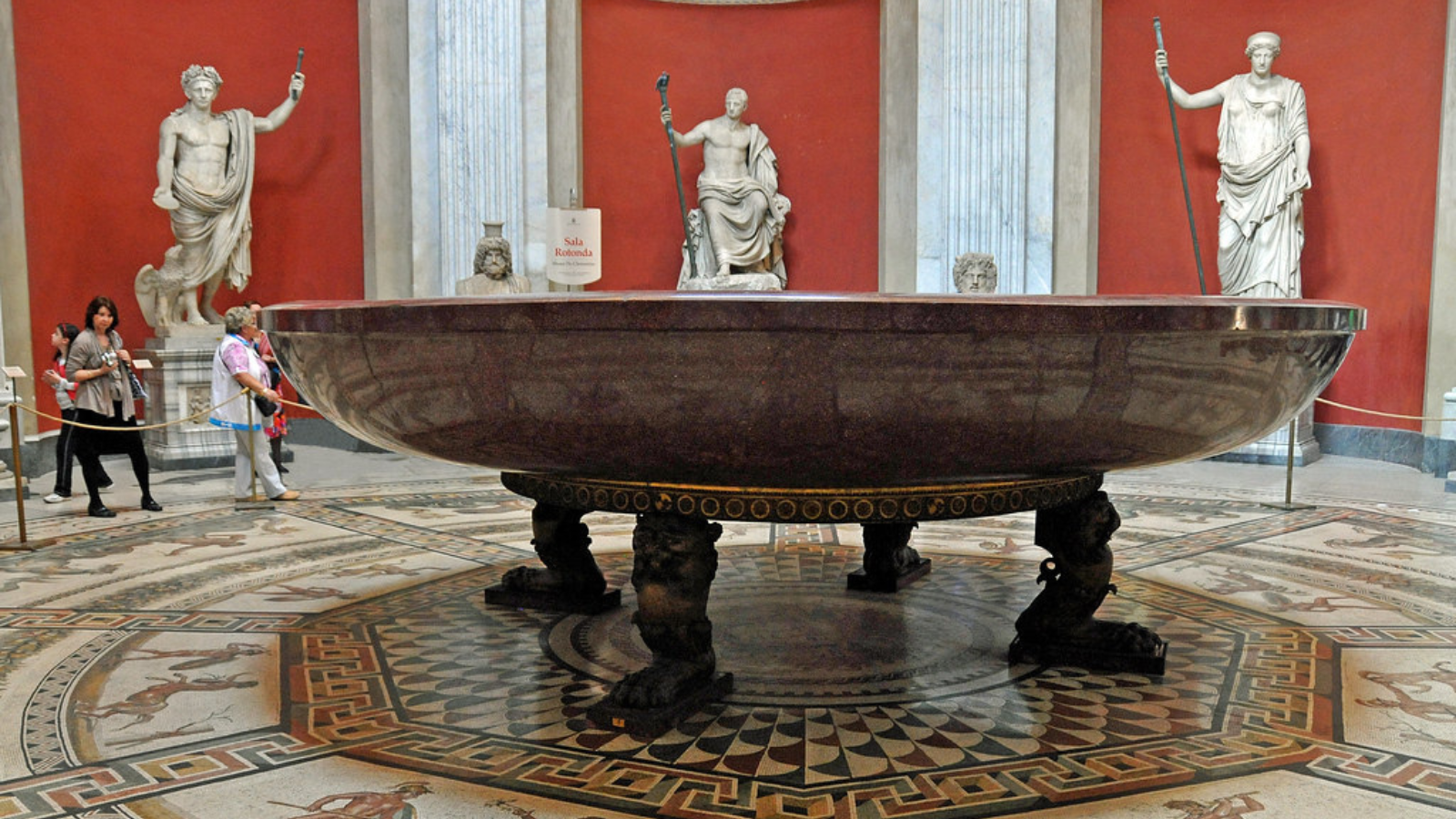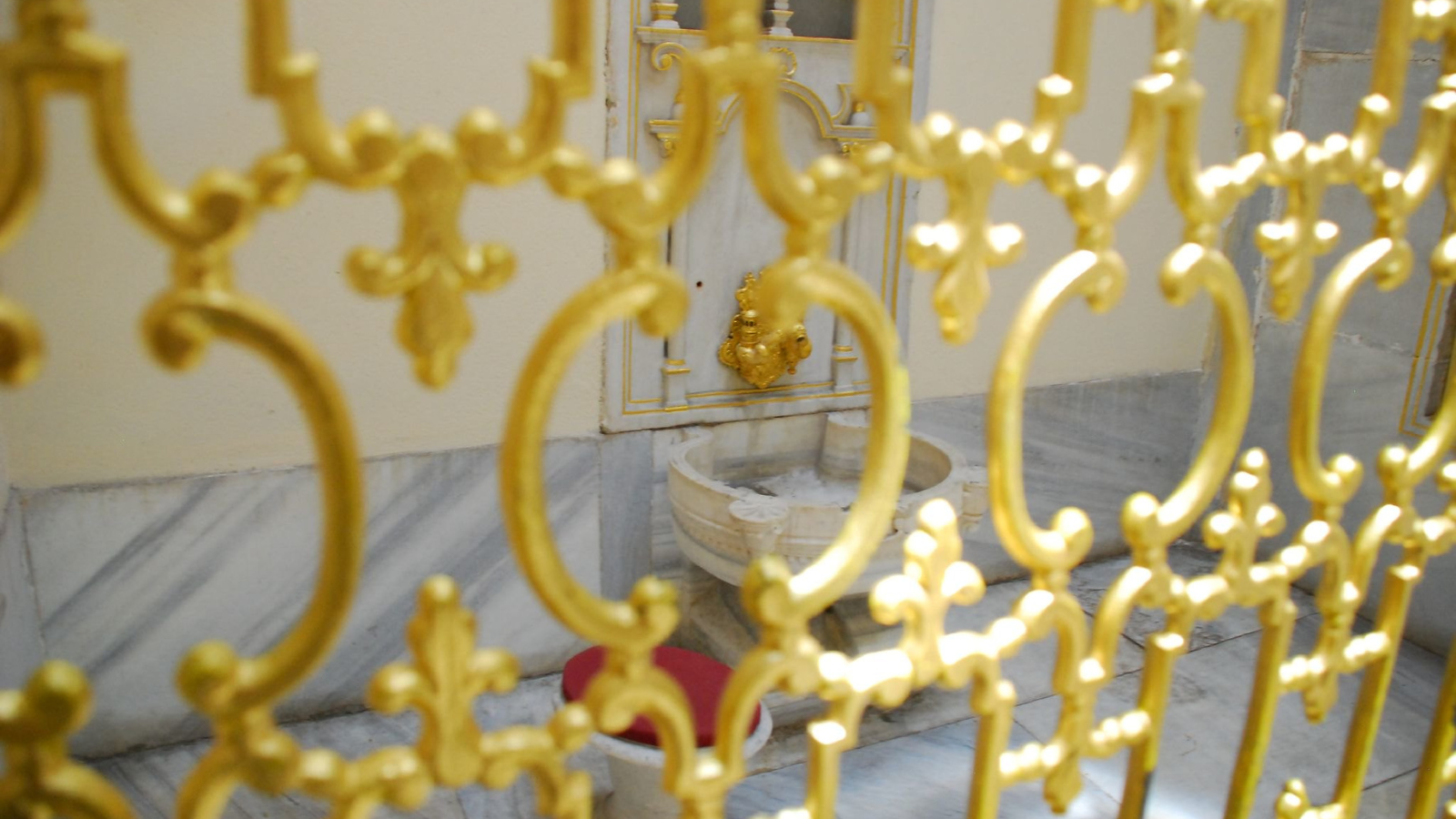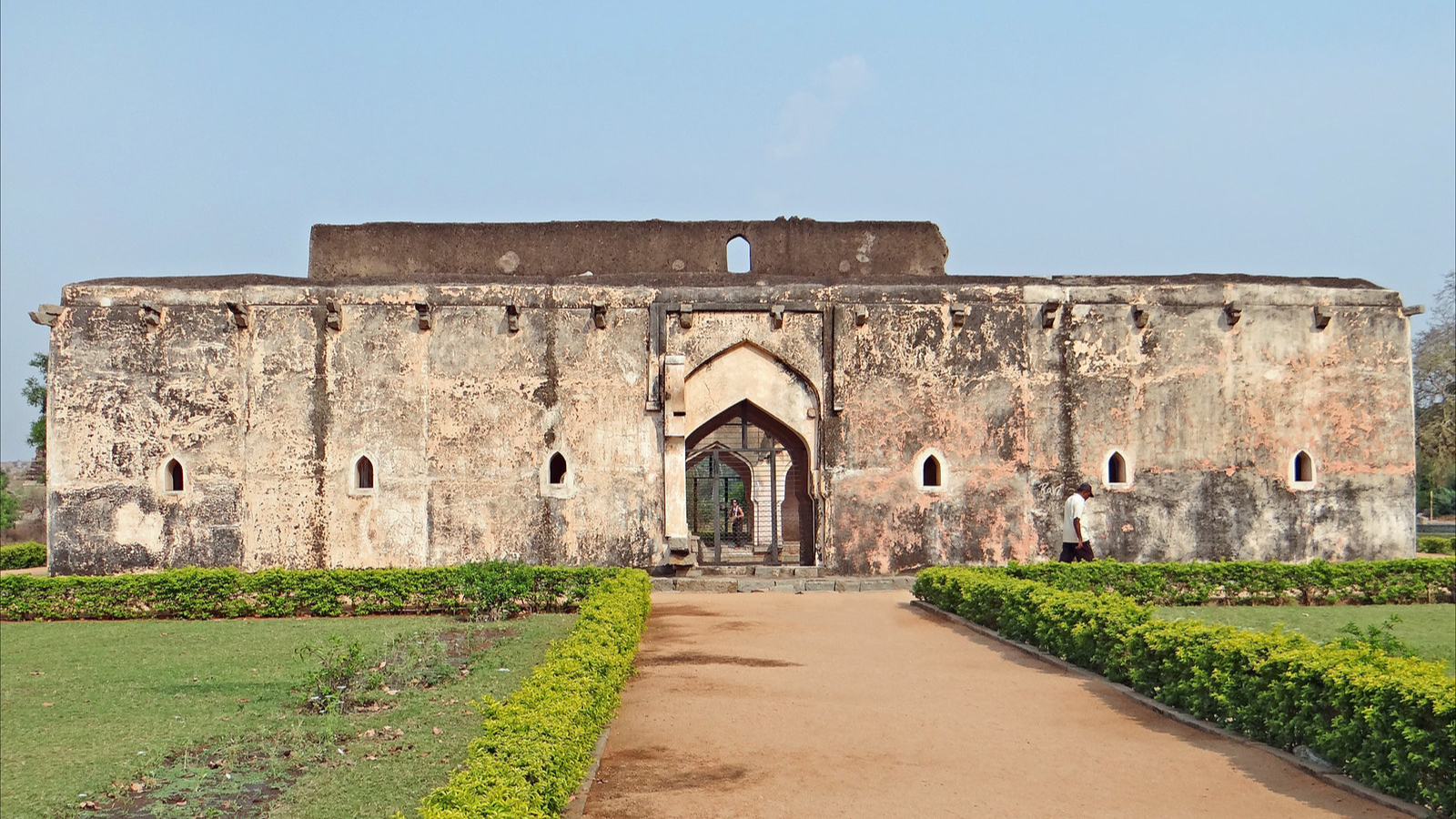Categories
Media / Blog
EXTRAVAGANT BATHS OF THE ROYALS
By Becca Hensley

From Emperor Nero to Louis XIV, royalty and glitterati have indulged in baths as elaborately built as the rooms that filled their palaces and chateaux. Kitted out to pamper and impress, these bathtubs are the stuff of dreams and still inspire admiration and astonishment thousands of years later.
On view at the Vatican Museum, Emperor Nero’s enormous bathtub is an indulgent showpiece sculpted from rare, purple-hued porphyry marble, sourced from the only mine in Egypt that produced it. A masterwork of the tyrannical ruler’s reign, the sleekly-sculpted tub weighs thousands of pounds and sprawls 25 feet in diameter—big enough for a party.

It’s no surprise that Ottoman sultans also knew how to bathe in style. Uncovered during restorations of Istanbul’s Topkapi Palace, the first and most renowned abode of the various sultans, a hammam enclave came to light. Purportedly gated to keep assassins at bay, used by as many as five sultans over the centuries, the circa 1460 bathing area is circular, had vaulted ceilings, and a white marble pool at its heart. Ingeniously built, it had modern elements, such as channels to flow in cold water.

With sprawling verdant gardens, Italy’s 18th-century Royal Palace of Caserta Campania astonishes as one of the largest and most embellished royal estates in the world. No doubt, its rococo bathroom, erected for Maria Caroline, Queen of Austria, takes top honors as its crème de la crème. Made from a single block of marble, carved to evoke the decor of Versailles, it boasts interiors sheathed in imported copper.
Located just ten minutes from China’s famous Terracotta Warriors, the Tang Dynasty’s Emperors’ Huaqing Baths comprise a collection of hot springs that have been used for three-thousand years. Emperors built palaces around the healing waters to make daily bathing effortlessly luxuriant. Five extant, ornately configured pools await. Among them, a lotus-shaped one served Emperor Xuanzong, while one carved to resemble a crabapple was the domain of his beloved consort, Yang Yuhuan, who was said to bathe in goat’s milk.
Perhaps it was a kind of fountain of youth? Cleopatra was rumored to indulge in daily baths of goat milk and honey. Cleopatra’s Bath in Egypt’s Siwa Oasis, ranks among many that tempt weary travelers amid the desert’s heat, the circular natural springs drawing bathers to this day. Mythically, the pool that Queen Cleopatra preferred, the bath glimmers, reflecting the sky and the palm trees that surround it as a veritable oasis.
Not to be outdone as a milk bath devotee, nearly two millennia later, Napoleon’s free-spirited, luxury-loving sister Pauline demanded that a unique shower system be installed for her during a stay at a relative’s estate. She insisted that a hole be cut in the ceiling above her bathtub so her attendants could drench her in milk. (Upping the indulgence factor, she also often had her male servants carry her to her bath.)

Who needs water or milk when you’re the king? When France’s Sun King, Louis XIV immersed himself in his octagonal bathtub, he insisted that it be filled with a neroli-scented cologne created from the bounty of Versailles’ own orangerie. His unique marble bathing basin, commissioned in 1674, anchored Louis XIV’s “apartment of baths,” a bathing enclave composed of precious facades— and adorned with gold basins, statuary, and exceptionally grandiose bath areas. The king’s own sybaritic tub, according to documents, was royally roomy, measuring about three feet wide, sculpted from a precious red marble.
Among the world’s more impressive historic royal bathing complexes, the 16th-century Queen’s Bath in Hampi, India, is a massive, enclosed structure that was the domain of the women of the palace. Its relatively unadorned exterior belies the ornate Vijayanagara architecture and sybaritic features within, such as the lotus-shaped fountain in the center of the bath that was said to gush with perfumed water.
Indeed, royal bathers over the centuries almost certainly found it as difficult to tear themselves away from a luxurious soak as we do today. Fortunately, today, it’s much easier to indulge like a royal.
1: One of the luxury bathrooms in the royal apartments of Caserta Royal Palace, Campania, Italy. Photo by Francesco Bonino
2: Emperor Nero’s bathtub, the Vatican. “Italy-3117 – Bathtub of Nero” by archer10 (Dennis) is licensed under CC BY-SA 2.0
3: “The Sultan’s Bath” by mnemophobe is licensed under CC BY 2.0, Topkapi Palace, Istanbul, Turkey
4: “Le bain de la Reine (The Queen’s Bath), Hampi,India” by dalbera is licensed under CC BY 2.0